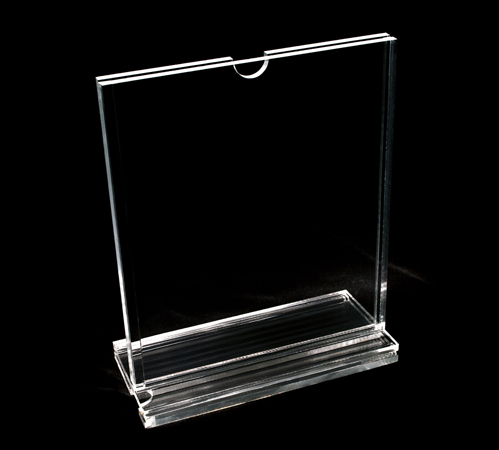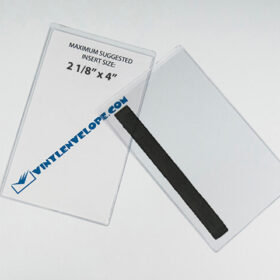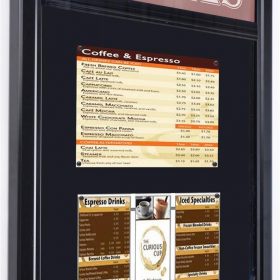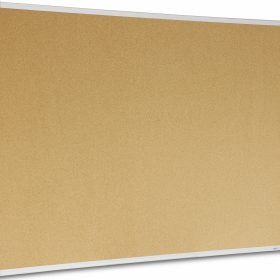Why even opt to fabricate plastic materials? For starters, plastic production typically has the benefit of having relatively fast completion times, and in contrast to the majority of materials there is also the option of colouring plastic prior to production, rather than after. It’s high malleability means that it has a reasonably low melting temperature, and it’s also more light-weight than numerous other materials – both of these aspects simplify the production operation. In addition, plastics are fairly inert and hence have higher chemical resistance. Irrespective of all of these benefits, plastic material is nonetheless unsuitable for uses which need a high physical integrity, and is really vulnerable to damage in the long-term.
CNC Machining
CNC machining is a computer governed subtractive approach, which removes material from plastic as a way to create the chosen shape. The computer is high-tech, with the ability to change a model into numbers by using a computer aided design software program. The figures are then competent to operate the equipment to cut the required form. To operate, the machines require an intermediate stage in the creation and validation of tool paths. When the machine obtains the tool paths, the subtractive procedure is started. When the construction is finished, the component part is cleansed, smoothed, and trimmed. {Go here for extra information www.displaydevelopments.co.uk
For low quantity plastic component part requests that demand tight tolerances and forms which are tricky to shape, machining is appropriate. CNC machining has the benefit of minimal to medium initial expenses, and can produce top of the line plastic components with short finishing times. On the other hand, with an increase of product complexity, the associated fee per component climbs up. Furthermore, the method necessities tool access considerations, and certain shapes, for instance those with rounded interior channels, are near-impossible to produce using CNC manufacturing.
Vacuum Formation
Vacuum formation is a method through which plastic material is warmed and moulded, generally working with a mould. The enormity and intricacy of vacuum-forming machines vary from inexpensive desktop equipment to innovative production machinery.
It is usually suited to any task, from tailor-made designs to large-scale production, considering the large array of equipment offered and that also automation is undoubtedly an option when necessary. Nevertheless, there is minimal versatility in the different types of design it can develop, and is unfortunately exclusively able to generate pieces with simple geometries. When compared with various other methods, tooling costs are low, simply because vacuum formation merely requires minimal forces and pressures. Normally, for modest manufacturing sizes the moulds are constructed of Three-dimensional printed resin, or possibly plaster, and then for larger development sizes stronger equipment made from metal is used.
The development method starts off with a sheet of plastic getting clamped and heated up until the plastic becomes mouldable. The plastic will then be put into the mould and chilled, and frequently fans and other chilling techniques are implemented in order to speed up the cooling process. The final stage involves any excess plastic being taken off.










